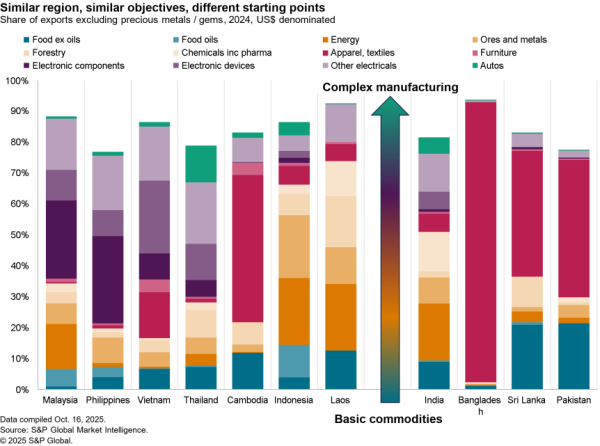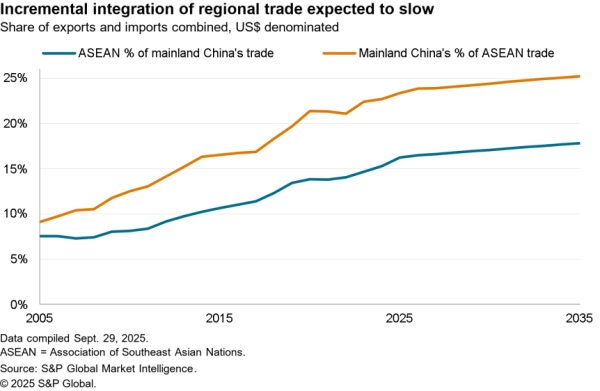The U.S. import boom has continued in April, with seaborne shipments rising 9.7% on a year earlier, Panjiva data shows. That’s the fastest rate of growth since February 2016. That follows a 8.7% expansion in imports (including goods and services) in March that resulted in a 17.3% jump in the U.S. trade deficit on a year earlier as discussed in Panjiva research of May 4. A further jump in imports may increase pressure on the Department of Commerce to rapidly complete its Omnibus report on causes of the trade deficit and its review of U.S. trade deficits.

Source: Panjiva
China and the European Union were the main engines of growth, with shipments rising 16.4% and 16.1% respectively. That fits with customs data reported by China which indicated a 12% increase in the dollar value of goods shipped in April – some of which will arrive in May.
The expansion in shipments from Europe marks a return to double-digit growth, and was the fastest rate of expansion since August. Imports from South Korea – where the U.S. is threatening to renegotiate the KORUS trade deal – dropped by 10.6%, the second month of declines.

Source: Panjiva
At the product level there was a noticeable pickup in imports where there is an apparent risk of new tariffs arriving. That repeated a pattern seen in December and January. Imports of iron and steel jumped 37.1% on a year earlier, the second month of double digit growth. That likely follows the imposition of a broad-based “ section 232” review of steel imports that could close the door to imports altogether.
Similar, auto industry imports (parts and completed vehicles) increased 9.0%, the first rise after six months of declines. That was led by a 40.7% increase in imports from South Korea (part of a global trend) despite falling sales, likely reflecting real anxiety at Kia and Hyundai about a cancellation of KORUS. Imports from China, mostly consisting of aftermarket parts, also climbed 26.2%.

Source: Panjiva
Full year imports could increase 3.2% on a year earlier, based on previous years’ seasonality. By end April typically 31% of full year imports have been completed, based on data since 2010. Further growth in May looks possible given the ISM survey of American managers’ import expectations hit the highest since January 2015. Meanwhile consumer confidence remains close to 15 year highs, Bloomberg reports, suggesting purchases of durables such as furnishings – imports of which which increased 33.0% in April – should continue to be robust.

Source: Panjiva




